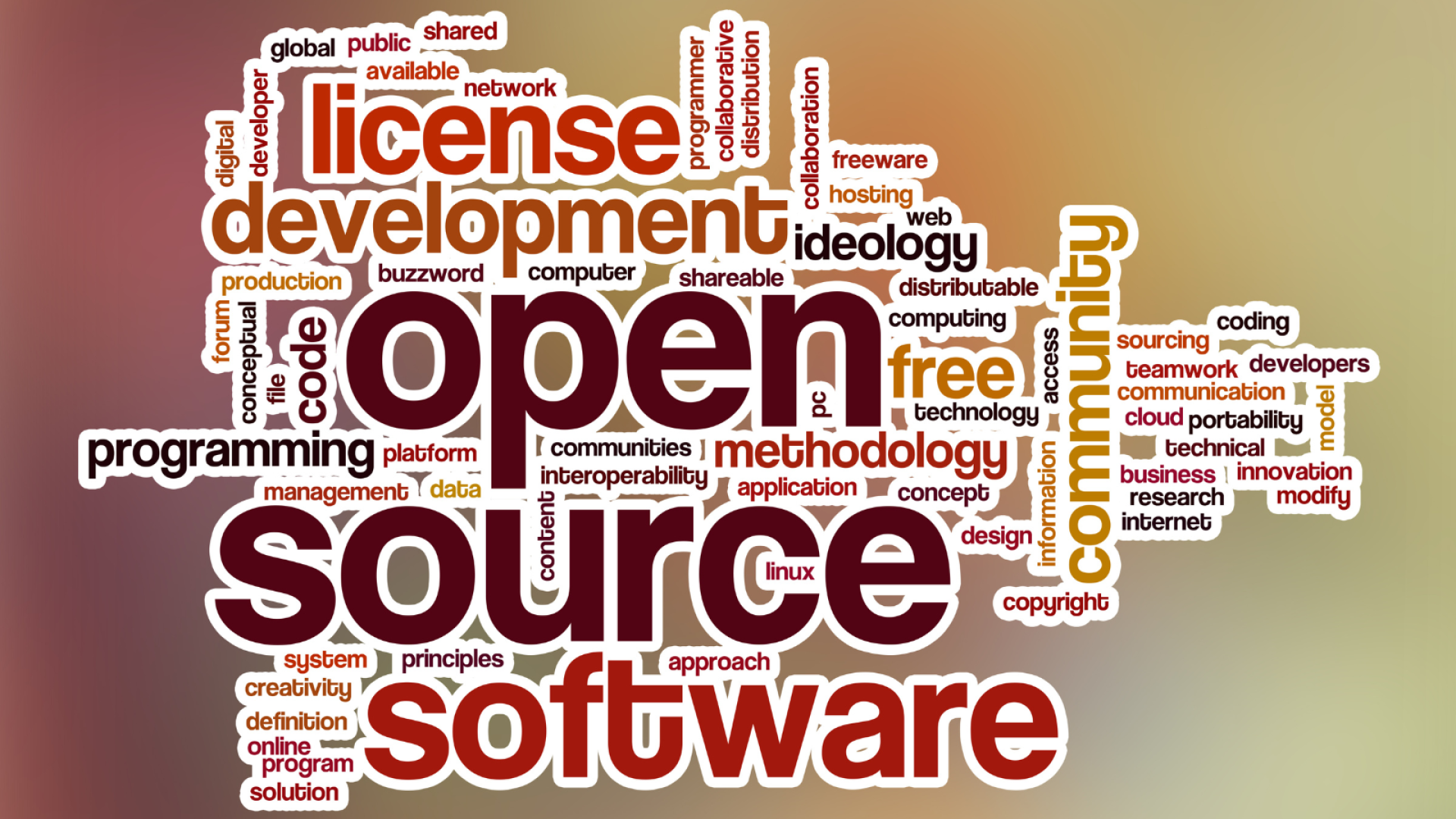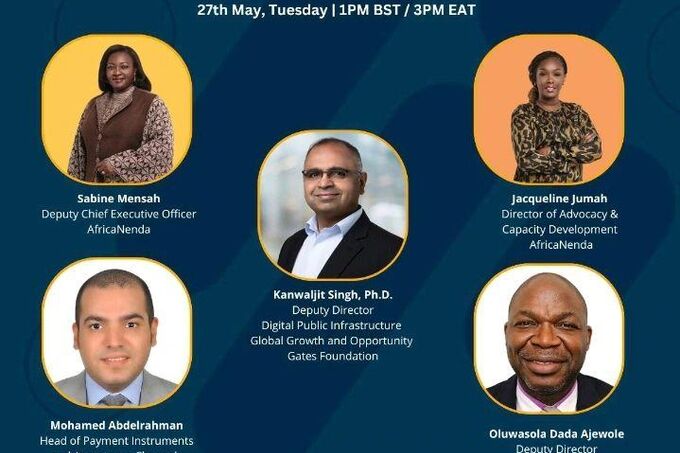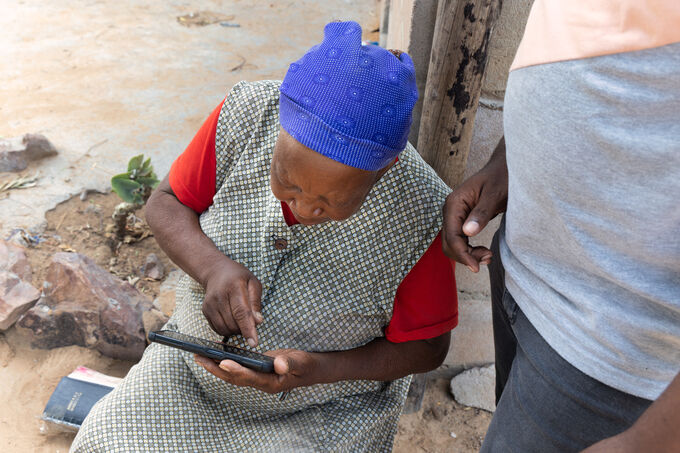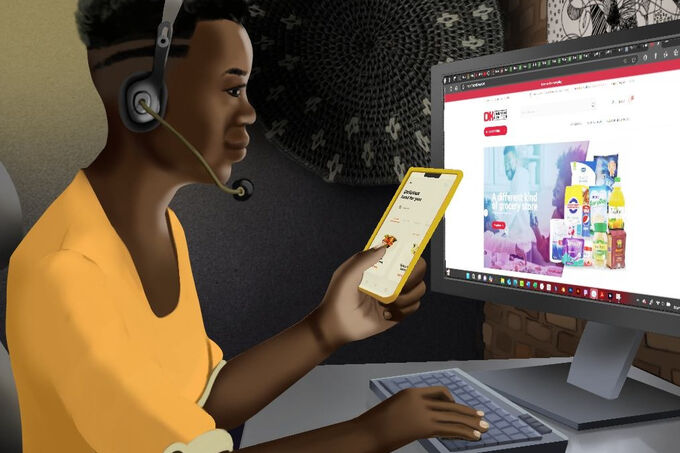
News
Building a Better Digital Future: An Introduction to Digital Public Goods
by Felista Amagarat, Senior Research Analyst & John Muthiora, Technical Payment Specialist - 20 March 2023
The term Open-Source Software (OSS) can be traced back to the 1990s when the founders wanted to advocate for free and open software without being misconstrued to be free. Twenty years later OSS is the backbone for most of the new enterprise technologies. So, what is the buzz about?
To appreciate why we must be able to define what it is: a technology that allows a customer to know how software/ code / an application works while supporting the development of its most innovative aspects. It is freely and publicly available, not in terms of costs but in terms of access and can be reused and redistributed making it easier to collaborate to achieve goals. Some of the biggest and most popular brands in our lives are developed using OSS, think of Uber, Netflix, Mozilla Firefox, and bank services. The list is endless. OSS is no longer an outsider but a mainstream that has an assertive presence in almost all sectors.
How did it all begin?
The evolution of OSS was rooted in the cause of understanding that for technology to evolve, society needed information that was free to use and an environment that promoted voluntary cooperation of its citizens. The rise of proprietary technology led to technology locks in and silos and thus the space was created for open-source technology solutions that allowed organizations to adopt, adapt, and scale technology in ways that maintain their flexibility. Incoming Digital Public Goods (DPGs), protocols, or a collection of APIs that facilitate any number of innovations but need to be protected by technical and institutional rules to prevent their monopolistic capture or use. Three characteristics set them apart: they are non-rivalrous, non-excludable, and globally available. They have a dedicated team to design and maintain them while promoting good practices, sharing innovations, and helping achieve UN Sustainable Development Goals (SDGs).
Examples of DPGs are:
- Mojaloop open-source project and associated foundation that enables the creation of instant, inclusive payment platforms across banks and non-banks.
- MOSIP provides the technical architecture for governments and other organizations to implement a foundational digital ID in a secure, flexible, cost-effective way
- OpenG2P enabling humanitarian relief payments.
- DHIS2—The world’s largest health management information system that addresses gaps in health data collection, access, and use at the local level.

DPGs and Financial Inclusion
DPGs are the foundation of Digital Public Infrastructure, which
creates digital systems for individuals to participate fully in financial life.
They promote financial inclusion and empower the underserved. Evidence shows
their crucial role in creating inclusive digital infrastructures that ensure a
level playing field. Examples include the Faster Payments System in Russia,
CoDi in Mexico, and PIX in Brazil—which facilitate instant and low- or
zero-cost digital payments between individuals and businesses or governments.
COVID-19 has validated the need for a robust digital core and the ability to develop it quickly in response to a crisis. Togo successfully deployed an emergency cash transfer program using elements of DPI to target and deliver cash assistance to the most vulnerable residents in areas most impacted by the virus. The use of DPI allowed the country to execute more quickly and efficiently than its peers.
Putting the spotlight on Africa, with its over 350 million adults financially excluded, there is an emerging digital ecosystem. Leveraging DPGs, especially for digital payments and remittances, is an invaluable option for accelerating financial inclusion.
We have only scratched the surface of the vast and complex topic
of digital public goods. As we continue exploring this critical area, we'll
share more insights, analysis, and updates on the latest developments. Be sure
to stay tuned for our future publications, where we'll dive deeper into the
world of digital public goods and its impact on financial inclusion.
Sources
- https://a16z.com/2021/10/15/open-source-is-finally-coming-to-financial-services/
- https://maximilianmichels.com/2021/history-of-open-source/
- https://www.cyberithub.com/what-are-the-risks-involved-in-using-open-source-technologies/
- https://www.openaccessgovernment.org/open-source-technology/129261/
- https://go.gitcoin.co/blog/a-brief-history-of-open-source
- Roadmap_for_Digital_Cooperation_EN.pdf (un.org)
- https://digitalpublicgoods.xyz/introduction
- Mojaloop Foundation: Open Source in Finance Forum 2022


